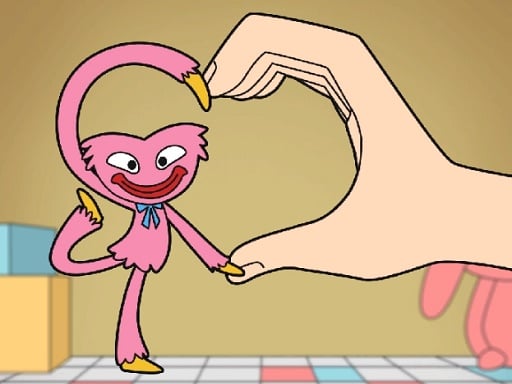Anime, also often referred to as Japanimation, encompasses hand-drawn and computer-generated animation originating from Japan. The term “anime” is derived from the English word “animation,” and within Japan, it pertains to all forms of animated media. However, outside Japan, “anime” specifically denotes animation produced in Japan or a style of Japanese-inspired animation characterized by vibrant visuals, expressive characters, and imaginative themes. This broad interpretation allows for the possibility of anime created outside Japan, provided it aligns with this aesthetic.
Japanese animation’s history dates back to 1917 with some of the earliest commercial works. A distinctive art style gained prominence in the 1960s through the works of Osamu Tezuka and continued to evolve, capturing a large domestic and international audience throughout the late 20th century. Anime is distributed through various channels, including theatrical releases, television broadcasts, direct-to-home media, and online streaming platforms. Many anime are original creations, while others are adaptations of manga (Japanese comics), light novels, or video games.
The production techniques of anime have adapted over time with technological advances, blending elements of graphic art, storytelling, cinematography, and other creative methods to produce a unique multimedia art form. Unlike traditional animation that emphasizes motion, anime often prioritizes realistic settings and employs cinematic camera effects such as panning, zooming, and varied angles. Artistic styles vary widely, with character designs ranging from exaggerated features—most notably large, expressive eyes—to more realistic proportions.
Anime spans numerous genres, appealing to both broad and niche audiences. In the United States, a term that has emerged among fans is “wapanese,” originally referring to White individuals who aspire to be Japanese. Over time, this evolved into “weeaboo,” a slang term used to describe enthusiasts with a deep affinity for Japanese anime and culture.














